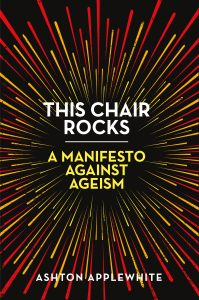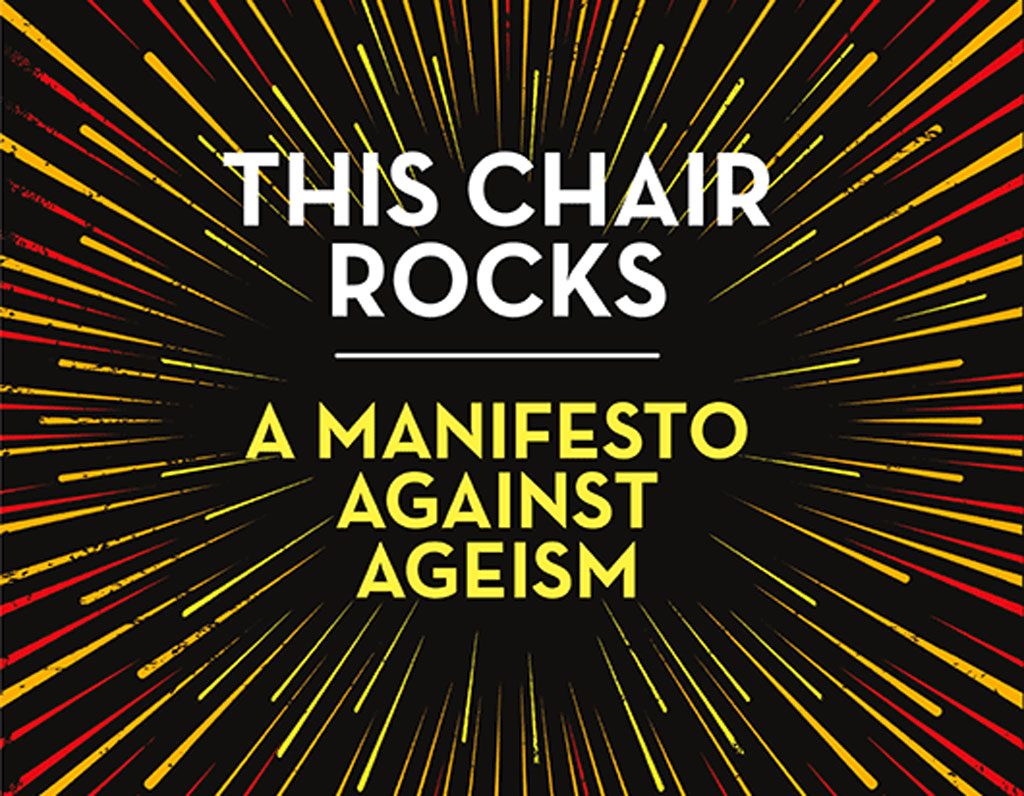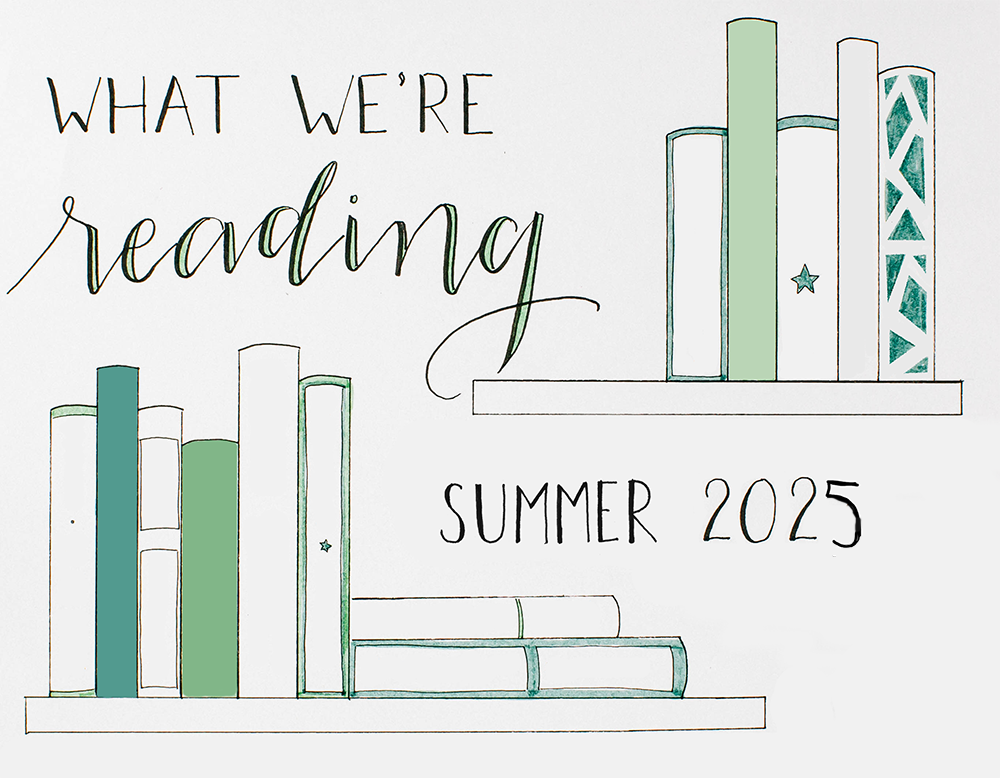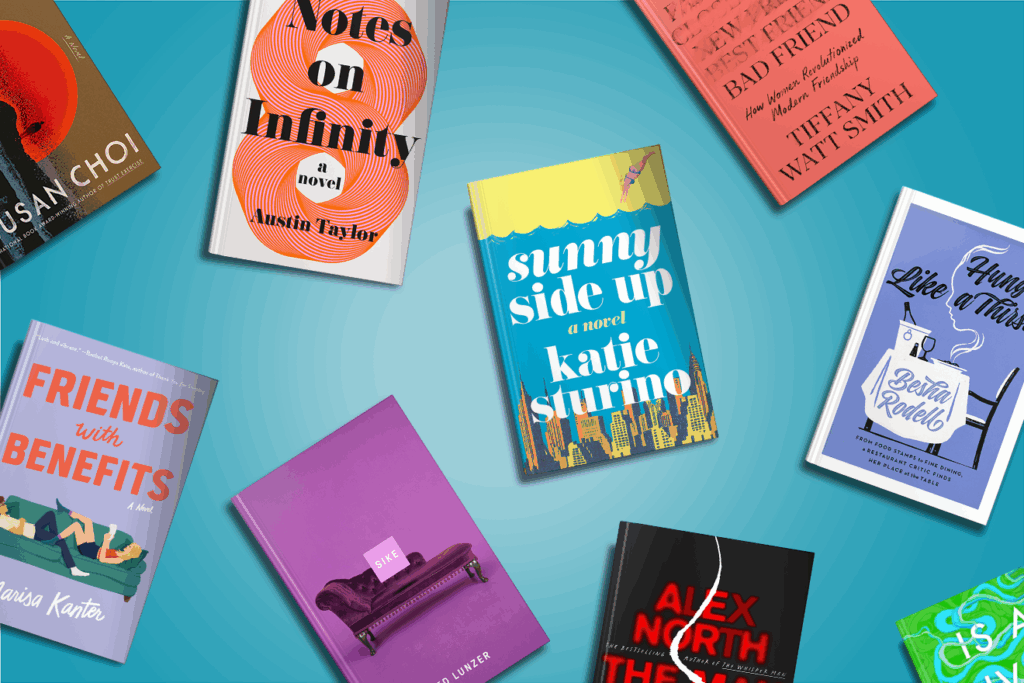 Ashton Applewhite writes because she has to. This Chair Rocks: A Manifesto Against Ageism is “an urgent call to wake up to the ageism in and around us and join forces to make discrimination on the basis of age as unacceptable as any other prejudice.” Starting with the dictionary definition—stereotyping and discrimination on the basis of age—Ashton delves into how ageism works, how it harms, and why we need to dismantle it in order to make the most of longer lives.
Ashton Applewhite writes because she has to. This Chair Rocks: A Manifesto Against Ageism is “an urgent call to wake up to the ageism in and around us and join forces to make discrimination on the basis of age as unacceptable as any other prejudice.” Starting with the dictionary definition—stereotyping and discrimination on the basis of age—Ashton delves into how ageism works, how it harms, and why we need to dismantle it in order to make the most of longer lives.
We experience ageism any time someone assumes that we’re “too old” for something—a task, a haircut, a relationship—instead of finding out who we are and what we’re capable of. Or “too young”—ageism cuts both ways—although in a youth-obsessed society olders bear the brunt of it.
Like racism and sexism, ageism serves a social and economic purpose: to legitimize and sustain inequalities between groups. Prejudice isn’t about how we look. It’s about how people in power assign meaning to how we look.
Stereotyping—the assumption that all members of a group are the same—underlies ageism (as it does all “isms”). Of course, stereotyping is always a mistake, but especially when it comes to age, because the older we get, the more different from one another we become.
Attitudes about age—as well as towards race and gender—start to form in early childhood. Over a lifetime they harden into a set of truths: “just the way it is.” Unless we challenge aging-related myths and stereotypes—Old people are incompetent. Wrinkles are ugly. It’s sad to be old—we feel shame and embarrassment instead of taking pride in the accomplishment of aging. That’s internalized ageism.
By blinding us to the benefits of aging and heightening our fears, ageism makes growing older far harder than it has to be. It damages our sense of self, segregates us, diminishes our prospects, and actually shortens lives.
What are the antidotes?
- Awareness: the critical starting point is to acknowledge our own prejudices about age and aging. Then we can start to see that “personal problems”—such as not being able to get a job or being belittled or feeling patronized—are actually widely shared social problems that require collective action.
- Integration: connect with people of all ages. An equitable society for all ages requires intergenerational relationships and collaboration.
- Activism: watch for ageist behaviors and attitudes in and around us, challenge them, and create language and models that support every stage of life.




